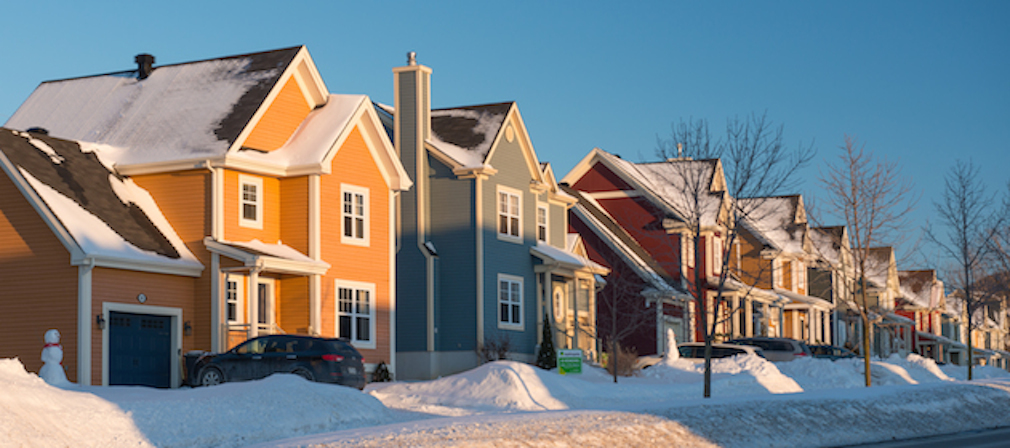In December, potential existing-home sales moderately increased from the previous month and inched forward from 2018 levels, according to First American’s Potential Home Sales Model.
“In December, the market potential for existing-home sales in December increased 1.1% to a seasonally adjusted annualized rate of 6.15 million compared with a year ago, but the housing market still underperformed its potential by 9.6%,” First American Chief Economist Mark Fleming said.
Notably, the report highlights that the gap between actual existing-home sales and the market potential for home sales narrowed by 2.1% from the previous month.
First American points out this represents a 64.7% increase from the market potential low point reached in February 2011.
Fleming explained that the housing market has the potential to support more than 593,000 additional home sales at a seasonally adjusted annualized rate.
The market for existing-home sales is underperforming its potential by 9.6%, or an estimated 593,000 sales. Furthermore, the market performance gap decreased by an estimated 129,000 sales month-over-month, according to the report.
The report highlighted that rising mortgage rates have impacted both existing homeowners and first-time home buyers.
“The housing market has experienced a decades-long decline in the 30-year, fixed mortgage rate, dropping from a high of 18% in 1981 to a low of nearly 3% in 2012,” Fleming continued. “This long-run decline increased affordability and encouraged existing homeowners to move. However, in 2016, the trend reversed, and mortgage rates began to slowly increase, reaching nearly 5% last November.”
According to Fleming, this period of rising rates has dissuaded existing homeowners from selling their home.
Furthermore, Fleming notes that rising rates have reduced affordability in some high-cost markets, discouraging some potential first-time home buyers from entering the market.
However, Fleming indicates that recent stock market volatility is actually helping homebuyers.
“A steep sell-off in U.S. stocks caused by investors seeking safe-haven from global and domestic economic uncertainty caused the 10-year Treasury yield to decline, and mortgage rates fell alongside it,” Fleming said. “In fact, the average 30-year, fixed-rate mortgage in December fell 23 basis points compared with the previous month.
Fleming said the decline in mortgage rates is a welcome relief to prospective home buyers who have mostly experienced a year of rising rates and house prices.
NOTE: First American's potential home sales report measures existing-homes sales, based on the historical relationship between existing-home sales and U.S. population demographic data, including income and labor market conditions, price trends in the housing market and conditions in the financial market.






